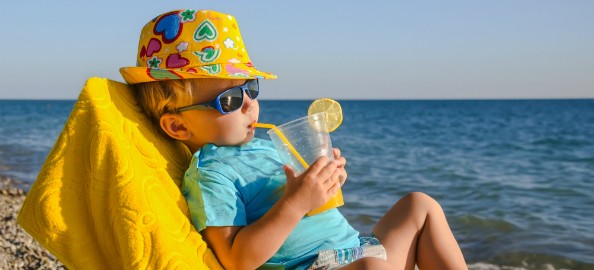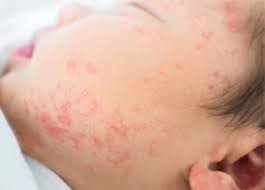te common in children in the least ages.
Viruses, bacteria, allergies or maybe genetic diseases are often revealed in children through the prism of the skin. This protects and allows exchanges between the within and therefore the outside of the body. "The skin may be a far more complex organ than an easy envelope, it's expressed through different reactions", explains Dr. Anne-Marie Calza, pediatric dermatologist and consulting physician at the University Hospitals of Geneva (HUG). Reactions that always worry parents. However, a rash is never a symbol of a significant problem. “These reactions are completely normal, and even necessary. Many skin diseases occur in childhood, when the system is forged, "recalls the dermatologist.
Rashes in children have various manifestations, with or without itching and fever. The reaction on the surface of the epidermis can take the shape of pimples, blisters, pustules, plaques, or simply redness. But the diagnosis isn't always obvious, as Dr. Calza explains: “Parents often are available far too early. We then ask them to watch the progress and are available back to us if necessary, so as to refine the diagnosis ".
Virus, bacteria or allergy?
Skin problems in children, also called dermatoses, can have various origins. they will be secondary to an epidemic (such as chickenpox, measles, etc.), or to bacteria. For several years, there has also been a dramatic increase in so-called “atopic” diseases, caused by immune hyper-reactivity. They group together several pathologies that always intersect: eczema, asthma, allergic conjunctivitis or pollinosis . “The system gets over excited when the kid is sick, when the weather changes, when there are things happening in their life, a tooth growing… it's immune dysregulation,” says Dr. Calza. There are surely also environmental causes, albeit we don't have the formal proof ".
Most common dermatological symptoms
Scabs on the skull
What it can be: seborrheic eczema , also referred to as "cradle cap", extremely common in infants.
How it manifests: Yellowish scabs appear on the scalp, cheeks and eyebrows are red with dandruff, buttocks could also be too. These manifestations aren't painful and usually appear between 6 weeks and three months.
What to do: To limit scabs, you'll apply petrolatum or an emollient cream to the skull before shampooing gently. seborrheic eczema mostly resolves on its own.
Red plaques
What it can be: atopic dermatitis (or dermatitis). In Switzerland, nearly 1 in 5 children are affected, a figure that has doubled in thirty years, without it being clearly understood why. Psoriasis is additionally on the rise in children. Less common than eczema, it's also correlated with immunity, and sometimes appears after a strep infection, like pharyngitis .
How it manifests: In young children (from the age of 3-4 months), eczema may be a chronic disease that causes red, dry, itchy patches to seem . they're often localized on the face and therefore the folds of the limbs. Eczema also makes children irritable and disrupts their sleep.
What to do: there's no medicine which will treat eczema, but creams can help relieve flare-ups. While some atopic diseases persist into adulthood, most of the time they resolve spontaneously during childhood. Note that eczema is extremely rarely caused by an allergy.



0 Comments